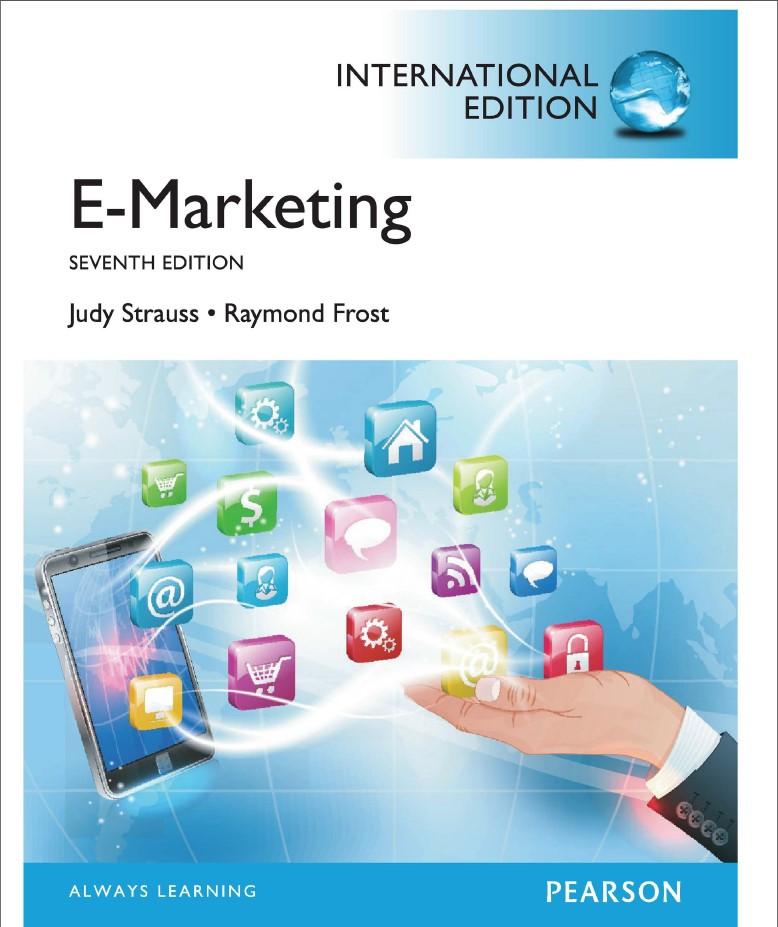Question
The economic term for products that you can see and touch and use is a. Goods b. Resources c. Services d. None of the above
The economic term for products that you can see and touch and use is
a.Goodsb.Resourcesc.Servicesd.None of the above
2.The basic kinds of resources include
a.Natural resources, such as air, water, plants, animals, land, and raw materialsb.People-made resources (capital resources, capital goods), such as toolsc.Human resources, such as the work that people can dod.All of the above
3.Which of the following statements about scarcity is false?
a.In order for something to be scarce, people must want it.b.In order for something to be scarce, some people who want it must be unable to buy it.c.What is scarce is different at different times and in different places.d.Scarcity never involves choosing among a variety of uses for a particular resource
4.The belief that central planning is needed to protect the interest of all the people is called
a.Capitalismb.Communismc.Socialismd.None of the above
5.In a market economy, the profit motive means that
a.Producers are free to sell products and services at the highest price they can get.b.Consumers are free to shop for the lowest prices.c.Workers are free to bargain for higher wages and better working conditions.d.All of the above
6.The federal government's role in the U. S. economy includes
a.Protecting of free competitionb.Providing public goods and services.c.Helping deal with economic problems by regulating the money supplyd.All of the above
7.Factors that can influence the level of supply include
a.Production costb.New producers in the marketc.Changes in technologyd.All of the above
8.The market is in equilibrium when
a.There is too little of a product or service to meet the demand.b.Supply and demand are balancedc.There is too much of a product than is demanded.d.When a small price change makes a big difference in the supply of a product.
9.Which of the following factors does NOT influence wages?
a.Competition among employersb.Employers' profits and prices for finished productsc.The face value of the money used to pay themd.Workers' education and training
10.Which of the following statements about business entities in the United States is false?
a.Less than $6 of every $100 in sales is made by corporations.b.Only about one in ten of all businesses in the U.S. are partnerships.c.Seven of every ten businesses in the U.S. are sole proprietorships.d.The biggest businesses in the U.S. are corporations.
11.A corporation can
a.Own propertyb.Make contractsc.Sue and be sued in a court of lawd.All of the above
12.Part of a corporation's profits are paid to stockholders in the form of
a.Bondsb.Capital gainsc.Dividendsd.Speculation
13.Most industries in the U.S. fall into two major categories:
a.Monopolistic competition and absolute advantageb.Monopolistic competition and oligopolyc.Oligopoly and absolute advantaged.Oligopoly and comparative advantage
14.Balance of trade is
a.How nations depend on each other through international trade for many of the products they need and want.b.The difference between the value of what a country imports and what it exports.c.When a producer concentrates on producing one kind of goods rather than a variety.d.When a product has a lower alternative cost compared with another product.
15.Rank the following U.S. job categories in order of earnings from highest to lowest
a.Executives and managers, professionals, skilled blue-collar workers, service workersb.Professionals, executives and managers, skilled blue-collar workers, white-collar workersc.Professionals, white-collar workers, semi-skilled blue collar workers, agricultural workersd.Service workers, skilled blue-collar workers, semi-skilled blue collar workers, agricultural workers
16.The Federal Reserve System (the Fed) is the U.S. central bank. Its main job/s is/are to
a.Supervise and regulate banksb.Clear checksc.Regulate the nation's money supplyd.All of the above
17.Underemployed people include
a.Part-time workers who cannot find full-time work.b.Workers making very low wages.c.Workers who can only find jobs below their skill and ability level.d.All of the above
18.Congress sets the lowest hourly wage that can legally be paid to an employee, called the
a.Overtime wageb.Double time wagec.Regular waged.Minimun wage
19.Employee paychecks are reduced by deductions, which are
a.Monies taken out of an employee's paycheck.b.Federal and state taxesc.Social Security and Medicare taxes.d.All of the above
20.Another way to define gross pay is the
a.Salary or wages received before deductions are taken outb.Amount of money an employee takes home after deductions are taken out of the earningsc.Payment of a percentage of total salesd.None of the above.
21.Another way to describe simple interest is
a.The amount of money deposited.b.The amount of money you earn on the money you deposit.c.Interest that is paid on interest.d.None of the above
22.The length of time for a bankruptcy to stay on your credit report is
a.Seven yearsb.Ten yearsc.Fifteen yearsd.None of the above
23.Some loans require a down payment at the time of purchase, regular payments over a specified length of time, and a finance charge. These arrangements are known as
a.Single payment loans.b.Installment loans.c.Unsecured loans.d.Secured loans.
Step by Step Solution
There are 3 Steps involved in it
Step: 1

Get Instant Access to Expert-Tailored Solutions
See step-by-step solutions with expert insights and AI powered tools for academic success
Step: 2

Step: 3

Ace Your Homework with AI
Get the answers you need in no time with our AI-driven, step-by-step assistance
Get Started


